There are a number of things you can do to optimize your website for Google crawl, including:
- Creating a robots.txt file to tell Googlebot which pages on your website to crawl and which pages to ignore.
- Submitting a sitemap to Google Search Console to help Googlebot discover all of the pages on your website.
- Ensuring that your website is well-structured and easy for Googlebot to navigate.
- Make sure that your website loads quickly and is mobile-friendly.
- Building backlinks to your website from high-quality websites.
In this article, we will take a closer look at what Google crawl is and how you can optimize your website for Google crawl.
We will also discuss some common Google crawl problems and how to fix them.
What is Google crawl?
Google crawl is the process by which Google discovers and indexes new and updated web pages.
Google uses a fleet of web crawlers (also known as Googlebot) to visit websites and follow links to discover new pages.
Googlebot then analyzes the content of each page and stores it in its index. This index is what Google uses to generate search results.
Why is Google crawl important?
Google crawl is important because it is how Google discovers new and updated web pages.
Without crawling, Google would not be able to index the web and provide users with accurate and up-to-date search results.
And no, you shouldn’t hide your site from crawlers in order to protect it from bots or AI tools. If you do not allow crawling your content will be invisible to Google!
How does Google crawl work?
Google crawl starts with a list of URLs that Google has already discovered.
Googlebot then visits these URLs and follows links to discover new pages. It uses a variety of other signals, such as sitemaps and backlinks, to discover new pages.
Once Googlebot has discovered a new page, it will analyze the content of the page and store it in its index. Googlebot will also follow any links on the page to discover new pages.
The latest trends in Google crawl
Google is constantly improving its crawl technology. Here are some of the latest trends in Google crawl:
- Google is increasingly using machine learning to improve its crawl efficiency. For example, Google uses machine learning to predict which pages are most likely to be updated and to prioritize the crawl of those pages.
- Google is paying more attention to mobile-friendliness when crawling websites. Google wants to make sure that it is crawling the web in the same way that users are experiencing it. This means that Google is paying more attention to the mobile version of websites when crawling.
- Google is crawling more dynamic content, such as JavaScript-rendered pages and APIs. Google is constantly improving its ability to crawl dynamic content so that it can index more of the web.
- Google is providing more tools and information to help website owners manage their crawl. For example, Google provides the Fetch as a Google tool in Google Search Console, which allows website owners to see how Googlebot sees their pages.
Types of Google crawl
There are four main types of Google crawl:
- Regular crawl: This is the most common type of crawl. Googlebot crawls all websites on a regular basis, typically once or twice a month.
- Discovery crawl: This type of crawl is used to discover new websites. Googlebot may use a variety of signals, such as site submissions and backlinks, to discover new websites to crawl.
- Fresh crawl: This type of crawl is used to crawl websites that are known to be updated frequently. For example, Googlebot may crawl news websites more frequently than other types of websites.
- Supplemental crawl: This type of crawl is used to crawl specific pages that Google has identified as needing to be recrawled. For example, Google may crawl a page again if it has received a lot of new backlinks.
Factors that affect Google crawl
There are a number of factors that can affect Google crawl, including:
- Robots.txt file: The robots.txt file tells Googlebot which pages on your website it is allowed to crawl.
- Sitemaps: A sitemap is a file that lists all of the pages on your website. Submitting a sitemap to Google can help Googlebot to discover and crawl your website more efficiently.
- Internal links: Internal links are links from one page on your website to another page on your website. Having a good internal linking structure can help Googlebot to crawl your website more efficiently.
- Page speed: Googlebot prefers to crawl websites that are fast. If your website is slow, it may take Googlebot longer to crawl your website.
- Mobile-friendliness: Googlebot prefers to crawl websites that are mobile-friendly. If your website is not mobile-friendly, Googlebot may have difficulty crawling it.
- Content quality: Googlebot prefers to crawl websites with high-quality content. If your website has low-quality content, Googlebot may be less likely to crawl it.
How to improve your Google crawl
There are a number of things you can do to improve your Google crawl, including:
- Optimize your robots.txt file: Make sure that your robots.txt file allows Googlebot to crawl all of the pages on your website that you want to be indexed.
- Submit a sitemap to Google Search Console: This will help Googlebot discover and crawl your website more efficiently.
- Create a good internal linking structure: This will help Googlebot crawl your website more efficiently.
- Improve your page speed: This will make it easier for Googlebot to crawl your website.
- Make your site mobile-friendly: Googlebot prefers to crawl mobile-friendly websites.
- Create high-quality content: Google likes and prefers high-quality content. Be cautious when it comes to AI-generated content.
Troubleshooting Google crawl errors
If you are having problems with Google crawl, there are a number of things you can do to troubleshoot the issue:
- Use the Fetch as Google tool in Google Search Console: This tool allows you to see how Googlebot sees your pages. This can be helpful for identifying any crawl errors.
- Check your robots.txt file for errors: Make sure that your robots.txt file is correct and that it is not blocking Googlebot from crawling any of the pages on your website that you want to be indexed.
- Make sure your sitemap is up-to-date: Make sure that your sitemap is up-to-date and that it includes all of the pages on your website that you want to be indexed.
- Fix any broken links: Make sure that all of the links on your website are working properly. If there are any broken links, Googlebot may not be able to crawl your website correctly.
- Improve your page speed: Improve your page speed so that Googlebot can crawl your website more efficiently.
- Make sure your site is mobile-friendly: Make sure your site is mobile-friendly so that Googlebot can crawl your website on mobile devices.
Advanced Google crawl topics
- How to use crawl budget strategically: Crawl budget is the amount of time and resources that Googlebot has available to crawl your website. It is important to use your crawl budget strategically to ensure that Googlebot is crawling the most important pages on your website.
- How to crawl dynamic content: Dynamic content is content that is generated on the fly, such as JavaScript-rendered pages and APIs. Googlebot has difficulty crawling dynamic content. There are a number of ways to make it easier for Googlebot to crawl dynamic content, such as using server-side rendering and pre-rendering.
- How to crawl large websites: Crawling large websites can be challenging for Googlebot. There are a number of things you can do to make it easier for Googlebot to crawl your large website, such as using a sitemap index and a crawl budget management tool.
- How to handle crawl errors at scale: If you have a large website, it is inevitable that you will have crawl errors. There are a number of tools and techniques that you can use to handle crawl errors at scale, such as using a crawl error management tool and using a crawl delay.
Conclusion
Google crawl is an important part of the search engine ranking process. By following the tips in this article, you can improve your Google crawl and make it easier for Googlebot to index your website.
Best practices for optimizing your website for Google crawl
Here are some best practices for optimizing your website for Google crawl:
- Use a clear and concise robots.txt file.
- Submit a sitemap to Google Search Console.
- Create a good internal linking structure.
- Optimize your page speed.
- Make your site mobile-friendly.
- Create high-quality content.
Resources for learning more about Google crawl
- Google Crawl Stats: https://support.google.com/webmasters/answer/9679690?hl=en
- Google’s Webmaster Guidelines: https://developers.google.com/search/docs/essentials
- Google Search Console: https://search.google.com/search-console/about
You can also find a number of helpful articles and tutorials on Google crawl on Google’s developer website.
Recommended reading:
Google’s Magic Wand: How The Search Generative Experience is Transforming Your Boring Search Bar!



